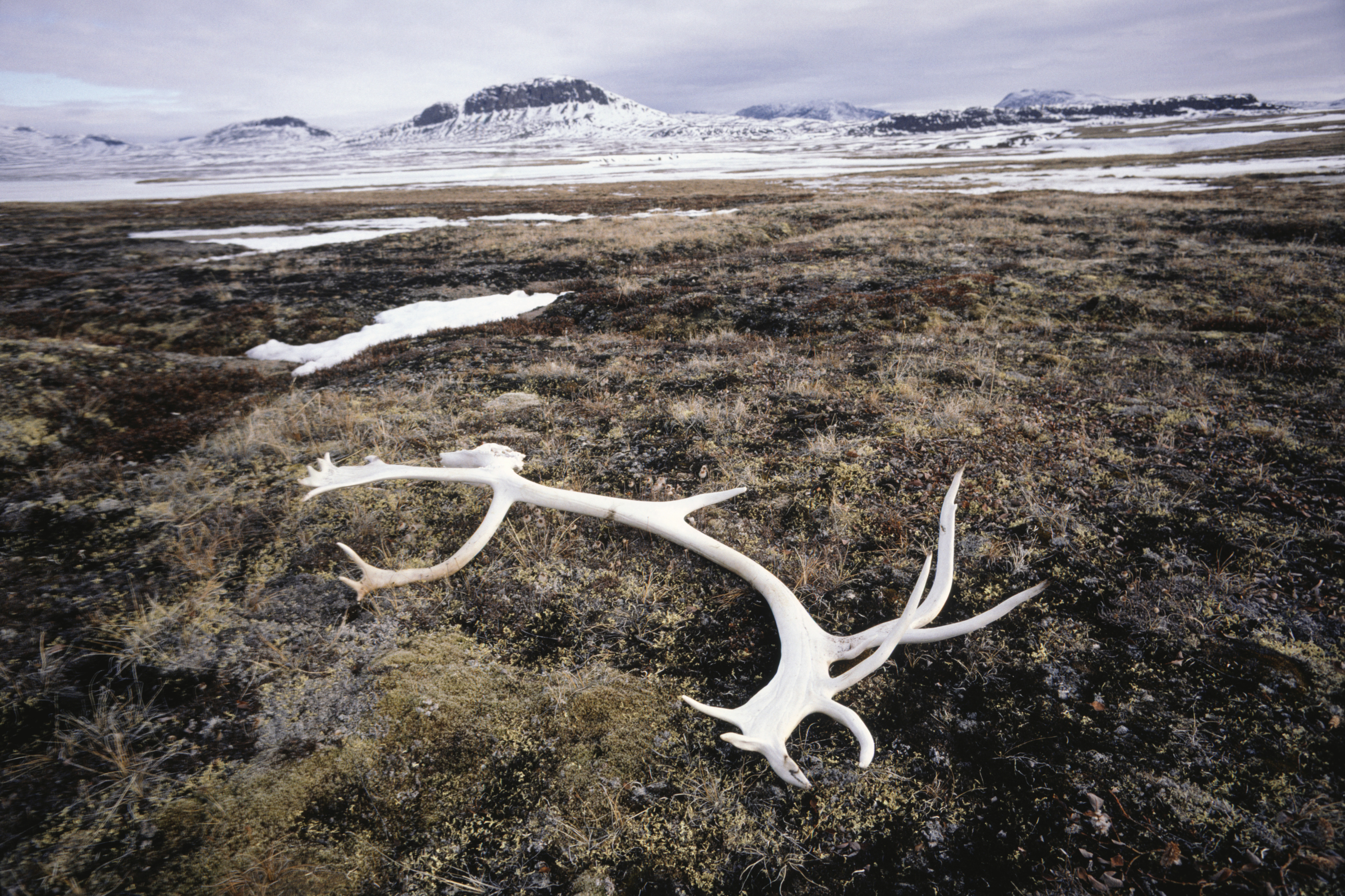Nunavut Inuit groups team up to denounce protected areas

Nunavut Tunngavik Inc. and the territory’s three regional Inuit associations have launched a frontal assault on the Nunavut Planning Commission’s draft land use plan, saying it creates too many protected areas, especially on Inuit-owned lands.
The four organizations have compiled their critiques within a 58-page written submission to the NPC, for consideration at the public hearing scheduled March 21 to March 28 at the Frobisher Inn in Iqaluit.
Their message is essentially the same as that of the Government of Nunavut: protected areas set out in the NPC’s draft land use plan are too restrictive and pose a threat to economic development.
Though the Nunavut government’s position, which rejects blanket protections for core caribou habitat, led to a spat in the legislature in March 2016 between Premier Peter Taptuna and Iqaluit-Sinaa MLA Paul Okalik, Nunavut’s four Inuit organizations are on the same page as the territorial government.
And the NTI-RIA position is consistent with that of the Kitikmeot Inuit Association’s board, who condemned the draft land use plan at their AGM in October 2016.
Right now, about 15 percent of Nunavut lands in the draft land use plan are designated as “Protected Area,” where industrial activity would be prohibited.
All other Nunavut lands — the 4 percent designated as “Special Management Area” and the 81 percent designated as “Mixed Use”—would be open to mining.
But the Inuit organizations say there are too many protected areas in the commission’s draft plan. One of their biggest complaints is that they interfere with the exploitation of mineral rights on sub-surface rights lands that NTI manages.
They say Inuit selected those lands for their mineral potential and that banning development on them is “not compatible with Inuit goals and objectives.”
“In most cases, subsurface IOLs were selected to support the exercise of mineral rights. NTI is of the view that, as a rule, the proposed NPC designations should not detract from the development of mineral rights on subsurface IOLs,” their submission said.
And that generally applies to all Inuit-owned lands, including the large tracts of surface-rights only land controlled by the regional Inuit associations.
“In summary, NTI and the RIAs are opposed to land use planning designations on IOLs that do not respect NTI and RIA priorities for IOL parcels and do not align with the key priorities of Inuit and residents as identified in the DNLUP [draft Nunavut land use plan] 2016,” the four organizations said.
They do say, however, that they are willing to accept protected area designations where NTI, the regional Inuit associations, and affected communities give their consent.
Another problem is that NTI has already signed mineral exploration agreements with private companies on lands where such development would be banned under the NPC’s proposed plan.
That would likely deter economic development in Nunavut, and they also say such bans on development are incompatible with the Nunavut Planning Commission’s own policies.
“In addition, constraining activities on subsurface IOLs directly detracts from promoting economic development in Nunavut, which is identified in the DNLUP 2016 as one of the key priorities of Inuit and is an NPC goal,” the four groups said.
Yet another problem, the four Inuit organizations say, is the draft land use plan creates too many protected areas for caribou habitat.
They complained that between the 2014 version of the draft plan and the current 2016 draft plan, “incursions” on Inuit-owned land aimed at the protection of caribou increased by 168 percent.
“This shows a lack of balance between the promotion of conservation and economic development in the DNLUP 2016,” the Inuit organizations said.
To fix that, they say most of the protected areas for caribou habitat should be designated as special management areas, with “mobile protection measures.”
They also suggest those designations may not enjoy community support and that no protected area should be designated without evidence of such community support.
That echoes complaints made by the Nunavut Association of Municipalities, who said that most hamlet governments don’t have the time or the capacity to analyze the most recent version of the draft land use plan.
For that reason, they say the March public hearing in Iqaluit might have to be adjourned until later to accommodate participation from Inuit in affected communities.
They’re also opposed to the planning commission’s designation of migratory bird sanctuaries in the draft plan, without “verification with communities.”
“The proposed Migratory Bird Protected Areas with the use of extensive prohibitions on activities will prevent economic development in areas that have already been ear-marked for activities, particularly on IOLs,” the four groups said.
And the four groups also say transportation corridors like the proposed Kivalliq-Manitoba road route and the Grays Bay road and port scheme, sponsored by the GN and KitIA, should get special management area status.
That’s because they don’t want a future land use plan to stand in the way of such developments.
As for the Nunavut government, they have finally providing their position in writing.
In their submission last month, the government also said the draft land use plan creates too many protected areas, and the Kitikmeot and Kivalliq regions would suffer the greatest constraints on economic development.
“For this reason the GN asserts that if approved, as-written, the DNLUP may have serious negative impacts to the territory’s resource economy, thereby compromising the long-term socio-economic well-being of Nunavummiut,” the government said.